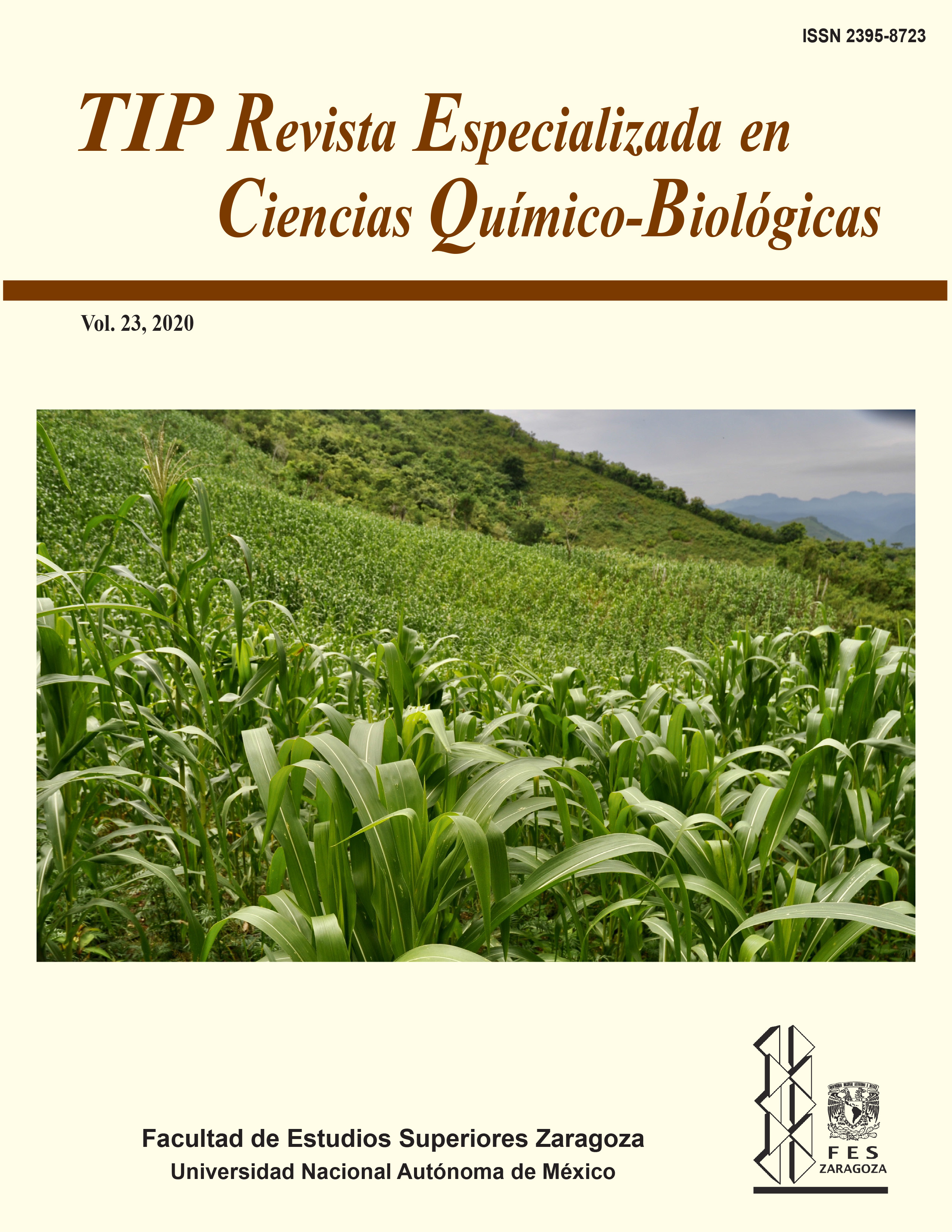Abstract
Yeasts are microscopic organisms that are distributed in the biomes of the whole Earth, so some yeasts species exhibit diverse metabolic adaptations that allow them to proliferate in extreme environments. Yeasts that inhabit the Antarctica represent a relatively unexplored group of cold-adapted fungi. This review describes some of the metabolic adaptations that allow yeasts to inhabit extreme environments such as those in the Antarctica. This review also addresses the relevant considerations to know whether a yeast is extremophilic, as well as the criteria used to classify by its growth and temperature. The role of carotenoid and lipid biosynthesis pathways to mitigate reactive oxygen species generated by oxidative stress in pigmented and oleaginous yeasts including the Rhodotorula genus is described. Further, this review also considers the importance of basic research in oleaginous yeast from Antarctica and the development of biotechnological applications.
TIP Magazine Specialized in Chemical-Biological Sciences, distributed under Creative Commons License: Attribution + Noncommercial + NoDerivatives 4.0 International.



